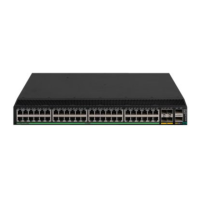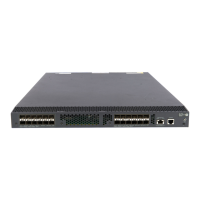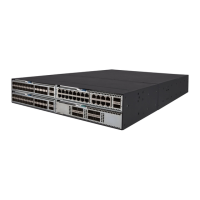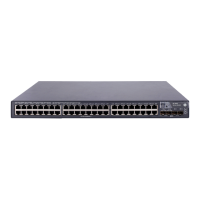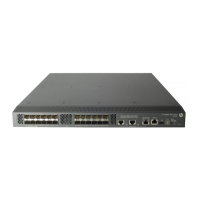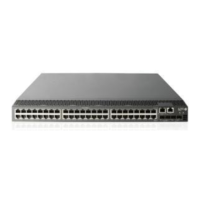13
QoS overview
In data communications, Quality of Service (QoS) is a network's ability to provide differentiated service
guarantees for diversified traffic in terms of bandwidth, delay, jitter, and drop rate, all of which can affect
QoS.
Network resources are scarce. The contention for resources requires that QoS prioritize important traffic
flows over trivial ones. For example, when bandwidth is fixed, more bandwidth for one traffic flow means
less bandwidth for the other traffic flows. When making a QoS scheme, you must consider the
characteristics of various applications to balance the interests of diversified users and to utilize network
resources.
The following section describes some typical QoS service models and widely used, mature QoS
techniques.
QoS service models
This section describes several typical QoS service models.
Best-effort service model
The best-effort model is a single-service model and is also the simplest service model. In this service
model, the network does its best to deliver packets, but does not guarantee delay or reliability.
The best-effort service model is the default model in the Internet and applies to most network applications.
It uses the First In First Out (FIFO) queuing mechanism.
IntServ model
The integrated service (IntServ) model is a multiple-service model that can accommodate diverse QoS
requirements. This service model provides the most granularly differentiated QoS by identifying and
guaranteeing definite QoS for each data flow.
In the IntServ model, an application must request service from the network before it sends data. IntServ
signals the service request with the RSVP. All nodes receiving the request reserve resources as requested
and maintain state information for the application flow.
The IntServ model demands high storage and processing capabilities because it requires all nodes along
the transmission path to maintain resource state information for each flow. This model is suitable for
small-sized or edge networks, but not large-sized networks, for example, the core layer of the Internet,
where billions of flows are present.
DiffServ model
The differentiated service (DiffServ) model is a multiple-service model that can satisfy diverse QoS
requirements. It is easy to implement and extend. DiffServ does not signal the network to reserve
resources before sending data, as IntServ does.
All QoS techniques in this document are based on the DiffServ model.

